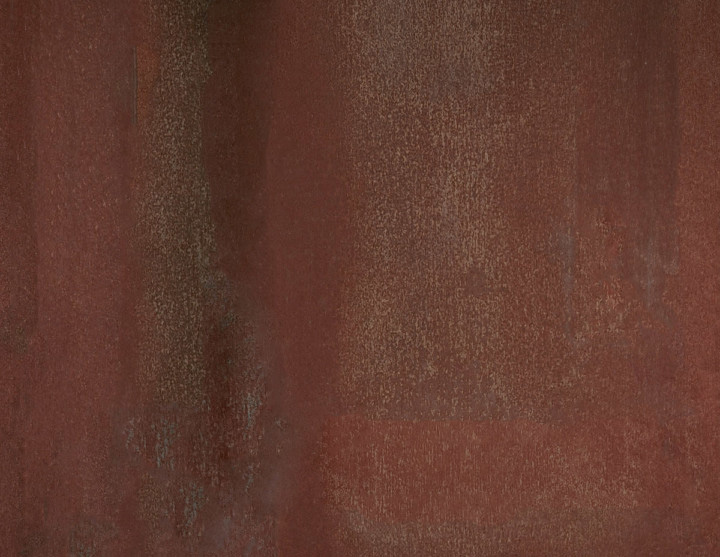
COR-TEN FINISH
The intense richness of a Cor-Ten finish bestows a warm, natural, yet at the same time extremely elegant look. Its distinctive appearance is a result of an oxidation process which forms a protective patina that remains unchanged over the years. Brombal would like to share five facts about our Cor-Ten Steel material that you may have not known.
Cor-Ten Steel is Thermally Broken
Like all materials we offer at Brombal, our Cor-Ten Steel is a thermally broken material. EBE and OS2 thermally broken sections are bonded together using two materials: the first is a fiberglass reinforced extrusion and the second is a high-density polyurethane resin injected under high pressure. This process firmly joins the frame sections together, ensures a continuous bond, and provides thermal insulation while maximizing structural strength.
Cor-Ten is Weathered Steel
What gives Cor-Ten its aged, rustic look? This kind of finish is created when the steel forms a layer of rust, protecting the material against moisture, and slowing the corrosion process. Although the material may be just a couple months old, it can appear decades old. An example of Cor-Ten in use is the Barclays Center in Brooklyn, NY with a Cor-Ten exterior. Over 12,000 pieces of steel were weathered at a plant in Indiana, and then put through multiple wet-and-dry cycles each day to give that rustic look. In just a few short months, the Cor-Ten on the Barclays Center has the same weathered steel that would naturally take 6 years to achieve.
What’s In the Name?
Cor-Ten Steel is a high tensile strength, corrosion resistant, steel alloy, containing copper, chromium, and phosphorus. The name (Cor-Ten) reflects the special properties of this alloy: corrosion resistance (Cor) and high tensile strength (Ten). These properties make Cor-Ten Steel particularly suitable for use in any environment.
Cor-Ten Contains A Protective Rust Layer
During the transformation of Cor-Ten, the large rolls of Steel are cut to the required width and rolled to the specific profile section. Upon exposure to air, the patina process begins which creates a protective layer of rust over the surface. Left untreated, the rust will create an ever changing appearance. A surface wax treatment can be applied which will stop the continued rusting and will provide a protective barrier against the elements.
Brombal, through its technology, innovation, and dedication, was the first to use this material for windows and doors, producing profiles with unique features particularly appreciated in the architectural world. Contact us for custom, thermally broken Steel windows and doors by Brombal.